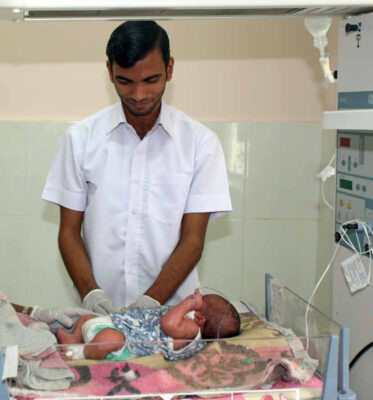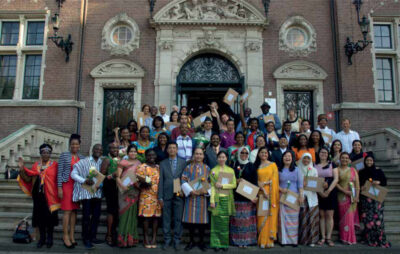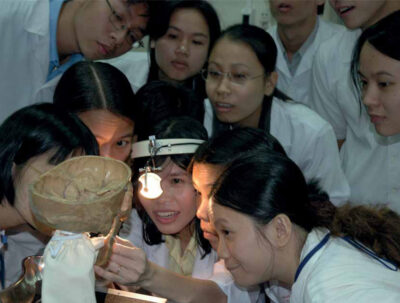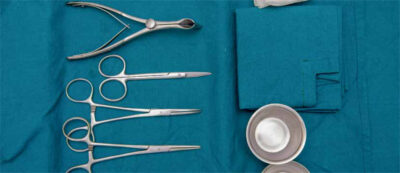
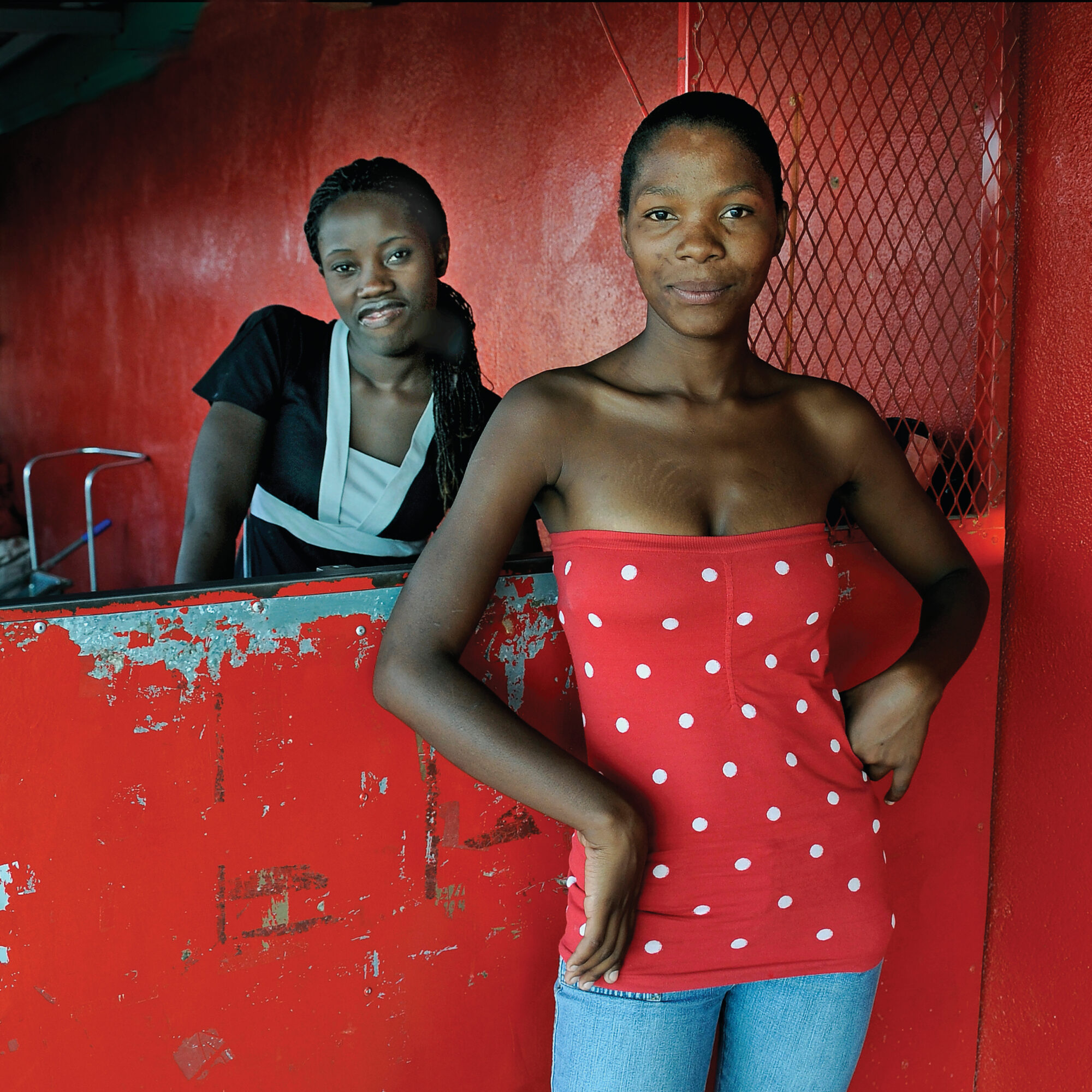
Medical education from an international perspective
Medical education in resource-limited settings is essential and challenging at the same time. It is not so obvious whether and to what extent medical curricula should be standardised or adapted to local pathologies. Neither is it straightforward how to take into account that diagnostic and treatment facilities are not always optimal. How feasible is it to provide the number of trained medical doctors required to fulfil the existing staffing norms? Could more tasks perhaps be delegated to non-physician clinicians, such as clinical officers? All populations...
Medical education from an international perspective
Medical education in resource-limited settings is essential and challenging at the same time. It is not so obvious whether and to what extent medical curricula should be standardised or adapted to local pathologies. Neither is it straightforward how to take into account that diagnostic and treatment facilities are not always optimal. How feasible is it to provide the number of trained medical doctors required to fulfil the existing staffing norms? Could more tasks perhaps be delegated to non-physician clinicians, such as clinical officers? All populations have the right to the best possible medical care, and medical doctors therefore need to be trained and deployed in sufficient numbers to address the local burden of disease. Some of them, especially those who have many years of professional experience and those who have specialised, need to be involved in teaching in order to build additional local capacity. International collaboration has played an important role in medical education in low-income countries, and it will continue to do so for years to come. There is quite some variation in the track record and reputation of medical schools. In Africa, for example, the Medical School in Khartoum is over 100 years old, whereas the School of Medicine in Namibia was founded only 7 years ago. The College of Medicine (CoM) in Malawi recently celebrated its 25th anniversary and is widely considered a success story which would not have been possible without international collaboration right from its beginning. In its early years, the CoM received technical, institutional and financial support from the Dutch government. This has helped the college to establish and expand links with various research institutions and other medical schools abroad. In its post-graduate programme, for instance, trainees spend some time in South Africa to further their clinical skills. In this edition of MTb, you will read how Maastricht University uses its expertise to help medical schools abroad renew their medical curricula and modernise their teaching methods through the introduction of problem-based learning. Surgery is a domain in which a lot of international cooperation takes place, often in the form of bilateral collaborations whereby surgeon specialists from Europe or North America use their expertise to conduct surgery in a low-income country and provide surgical training. In this edition of MTb, you will read about a special partnership between COSECSA, which represents the surgical societies of 10 countries in East and Southern Africa, and a European partner institution. It is an excellent example of local capacity building in the subregion, tuned to local circumstances. Medical doctors and other health professionals wishing to work in a lowresource setting abroad need to be well prepared. But this does not come automatically through their routine training. The Dutch training programme, doctor of International Health and Tropical Medicine (‘Arts Internationale Gezondheidszorg en Tropengeneeskunde – AIGT’) is unique and internationally well regarded. Even though the AIGT was formally recognised as a specialism a few years back, the programme faced financial uncertainties. The recent award, after a vote in Dutch parliament on December 8th, of Government funding on a structural basis (!) is a significant achievement which NVTG can be proud of. Meanwhile, there is a continued need for evidence of the added value provided by AIGTs with professional experience abroad to Dutch society. The plea of the authors of one of the articles speaks for itself. Medical education is essential to achieve and sustain national and international development goals, and it thrives through international collaboration.
Leon Bijlmakers
Ed Zijlstra

















































